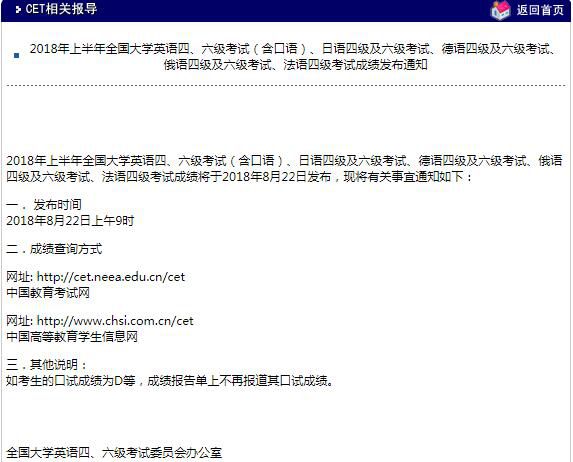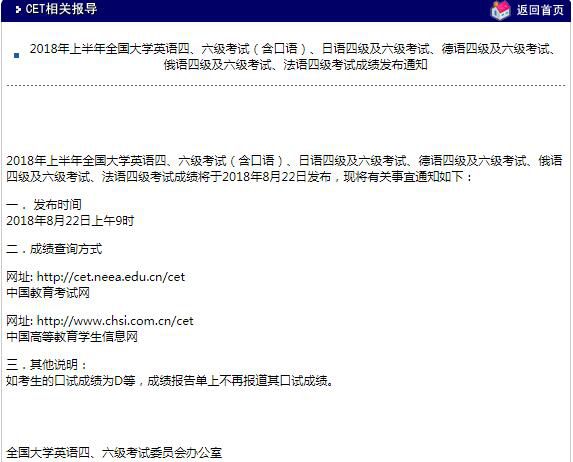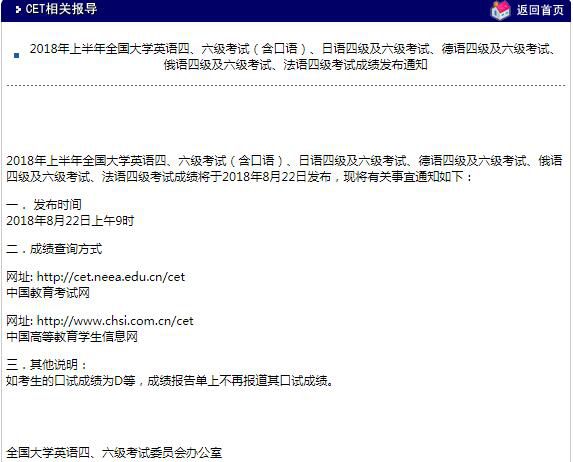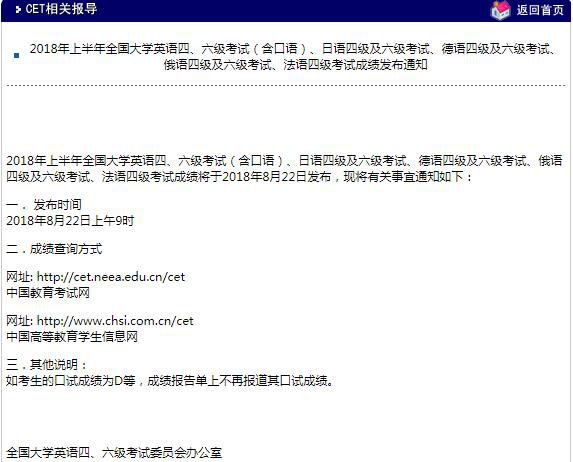最新职称英语复习资料(补全短文讲义)2d
|
PASSAGE 21 Price Planning A price represents the value of a goods or service for both the seller and the buyer. Price planning is systematic decision making by an organization regarding all aspects of pricing. The value of a goods or service can involve both tangible and intangible marketing factors. An example of a tangible marketing factor is the cost savings__1__. An example of an intangible marketing factor is a consumer’s pride in the ownership of a Lamborghini rather than another brand of automobile. For an example to take place, both the buyer and seller must feel that the price of a goods or service provides an equitable value. To the buyer, the payment of a price reduces purchasing power __2__. To the seller, receipt of a price is a source of revenue and an important determinant of sales and profit levels. Many words are substitutes for the term price: admission fee, membership fee, rate, tuition, service charge, donation, rent, salary, interest, retainer, and assessment. No matter what it is called,__3__: monetary and non-monetary charges, discounts, handling and shipping fees, credit charges and other forms of interest, and late-payment penalties. A non-price exchange would be selling a new iron for 10 books of trading stamps or an airline offering tickets as payment for advertising space and time. Monetary and non-monetary exchange may be combined. This is common with automobiles, __4__. This combination allows a reduction in the monetary price. From a broader perspective, price is the mechanism for allocating goods and services among potential purchasers and for ensuring competition among sellers in an open market economy. If there is an excess of demand over supply, prices are usually bid up by consumers. If there is an excess of supply over demand,__5__. Exercise: A a price contains all the terms of purchase B obtained by the purchase of a new bottling machine by a soda manufacturer C where the consumer gives the seller money plus a trade-in D available for other items E prices are usually reduced by sellers F price means what one pays for what he wants key:BDACE PASSAGE 22 What is a Profit Entrepreneurship is directly responsible for production. The business person (entrepreneur) takes a cue from consumers in deciding what they want - or, in the case of a new product, __1__. Profit means different things to different people. According to some public opinion polls, many people are not sure what it is, but they are sure __2__. Workers may look at profit as an unfairly large payment to the entrepreneur that deprives them of a higher wage. The business person thinks of profit __3__. During negotiations before the settlement of the second baseball strike in August, 1985, the Players’ Association claimed the owners had made profits of $91 million, an accounting firm said owner profits were $43 million, and the owners insisted they had lost $9 million. The truth was that all three were correct. The disparity in the figures was due to the fact that each group was defining profit differently. Let us now see if we can develop a more exact definition of what profit is. Gross profit is the difference between what a business firm sells its product for and what it costs to produce that product. The merchant buys $200,000 worth of merchandise during the year and sells it for $270,000. His gross profit is $70,000. The percentage difference between his cost and the selling price is 35 percent, and he calls this markup. Net profit is __4__--rent, wages, and interest-and setting aside money to allow for the loss due to depreciation (wearing out) of capital. Our merchant has to subtract from his gross profit his payments for rent ($6,000), wages ($20,000), interest on money borrowed ($1,000), repairs and upkeep ($1,000), taxes ($1,000), electricity and other expenses $1,000. Expenses for operating the business come to $30,000. Gross profit is $70,000, and net profit is $40,000. Economists have a narrower definition of what constitutes profit. They are concerned with payment for all the resources that have gone into production, __5__, like those listed above, or from inside the business. Exercise: A what profit really means B it is too large and represents too much of the consumer’s dollar C whether they come from outside the business D as the difference between total revenue and total cost E what the business person has left after paying expenses F what they might want Key: DBECA |








